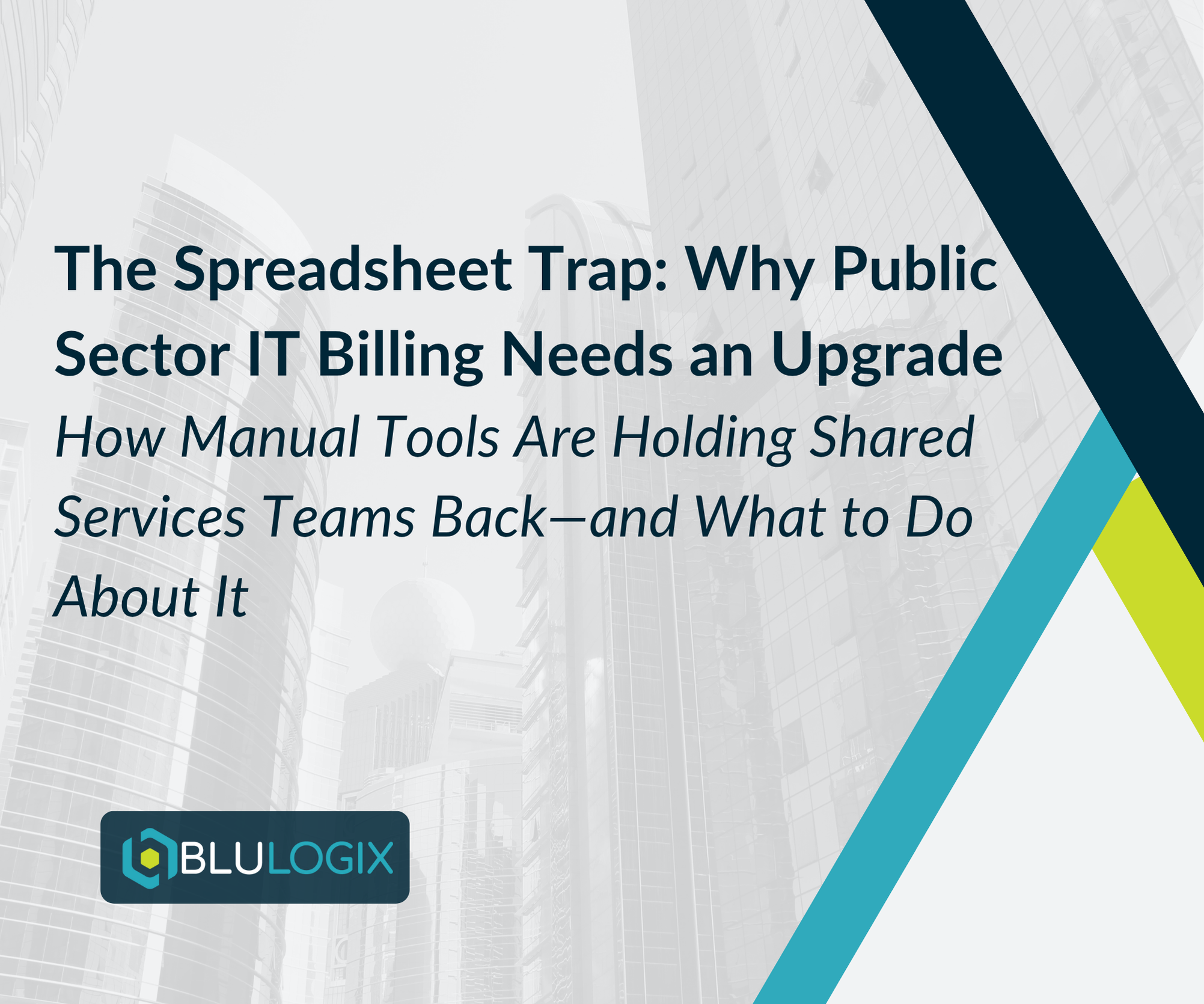Mastering the Art of Complex B2B Recurring and Subscription Billing: Streamlining Integrations
In the digital era, the success of B2B subscription models hinges not just on the products or services offered but also on the smooth orchestration of various business systems. Seamless integration across these systems, particularly billing, plays a pivotal role in managing complexity and driving operational efficiency. This post explores the critical role of integrations in subscription billing, offering insights into how businesses can streamline these connections to enhance overall performance.
Take your business further with BluIQ’s flexible, scalable, enterprise-grade intelligent billing solutions.
The Importance of Seamless Integrations
Integrations in the context of B2B subscription billing extend across CRM (Customer Relationship Management), ERP (Enterprise Resource Planning), provisioning systems, and beyond. These integrations are essential for automating the flow of data, ensuring accuracy, and providing a unified view of customer activities. The benefits are manifold:
- Enhanced Data Accuracy: Automatic syncing of customer data across platforms reduces manual entry errors.
- Operational Efficiency: Streamlined processes across sales, billing, and service delivery cut down on administrative tasks and free up resources.
- Improved Customer Experience: Unified systems ensure consistent and timely billing, service provisioning, and customer support.
Challenges in Achieving Seamless Integrations
Despite the clear benefits, achieving seamless integrations presents several challenges:
- Complex System Landscapes: Many businesses operate with a patchwork of legacy systems and modern applications, making integration complex.
- Data Consistency: Ensuring consistent data formats and synchronization across systems can be daunting.
- Customization vs. Standardization: Balancing the need for customized solutions with the benefits of standardized integration practices requires careful planning.
Strategies for Streamlining Integrations
- Embrace API-First Solutions: Look for billing platforms and business systems that offer robust APIs (Application Programming Interfaces). APIs facilitate flexible, real-time data exchange between systems, serving as the backbone for seamless integrations.
- Prioritize Integration Capabilities in Vendor Selection: When choosing a billing platform or updating other key business systems, consider integration capabilities as a critical factor. Opt for solutions known for their ease of integration and broad compatibility.
- Standardize Data Formats: Develop company-wide standards for data formats and processes. Standardization simplifies integration efforts and ensures consistency across systems.
- Leverage Middleware: Consider using middleware solutions to bridge the gap between different systems. Middleware can act as a translator and orchestrator for data flows, smoothing over the complexities of direct system-to-system integrations.
- Implement a Centralized Integration Platform: A centralized platform for managing integrations can provide oversight and control over the data flows between systems, making it easier to monitor and troubleshoot integration issues.
- Continuous Monitoring and Optimization: Integrations are not set-it-and-forget-it solutions. Regular monitoring for performance issues, coupled with ongoing optimization efforts, ensures that integrations continue to serve business needs effectively.
- Invest in Training and Expertise: Ensure your team has the training and resources needed to manage integrations effectively. Consider bringing in external expertise if needed to design and implement a streamlined integration strategy.
Conclusion: The Power of Integration
Streamlined integrations are essential for unlocking the full potential of B2B subscription models. By ensuring that different systems work together harmoniously, businesses can reduce complexity, enhance efficiency, and provide superior customer experiences. As we move forward, the ability to integrate seamlessly will become an increasingly important competitive differentiator in the subscription economy.
Our next post will dive into the world of data sources and how managing them effectively can further reduce billing complexity and improve decision-making. Stay tuned for more insights into mastering the subscription billing ecosystem.
Take your business further with BluIQ’s flexible, scalable, enterprise-grade intelligent billing solutions.
Learn more

The Spreadsheet Trap: Why Public Sector IT Billing Needs an Upgrade

How Cost Recovery Chargeback Rebuilds Trust in Public Sector IT


